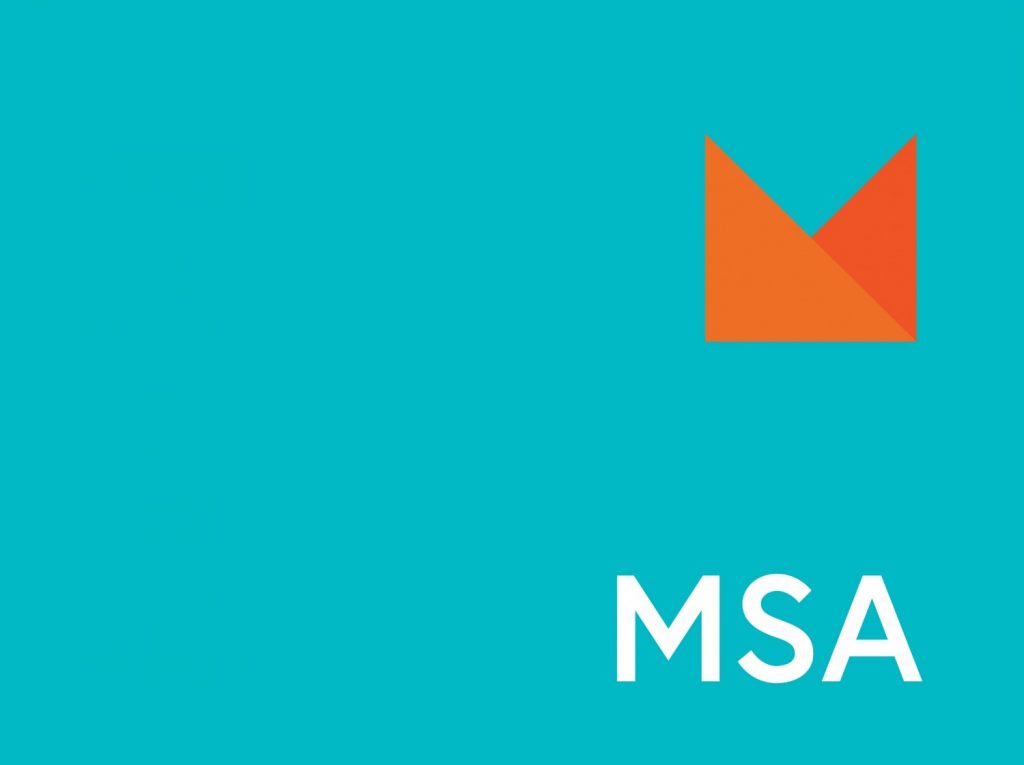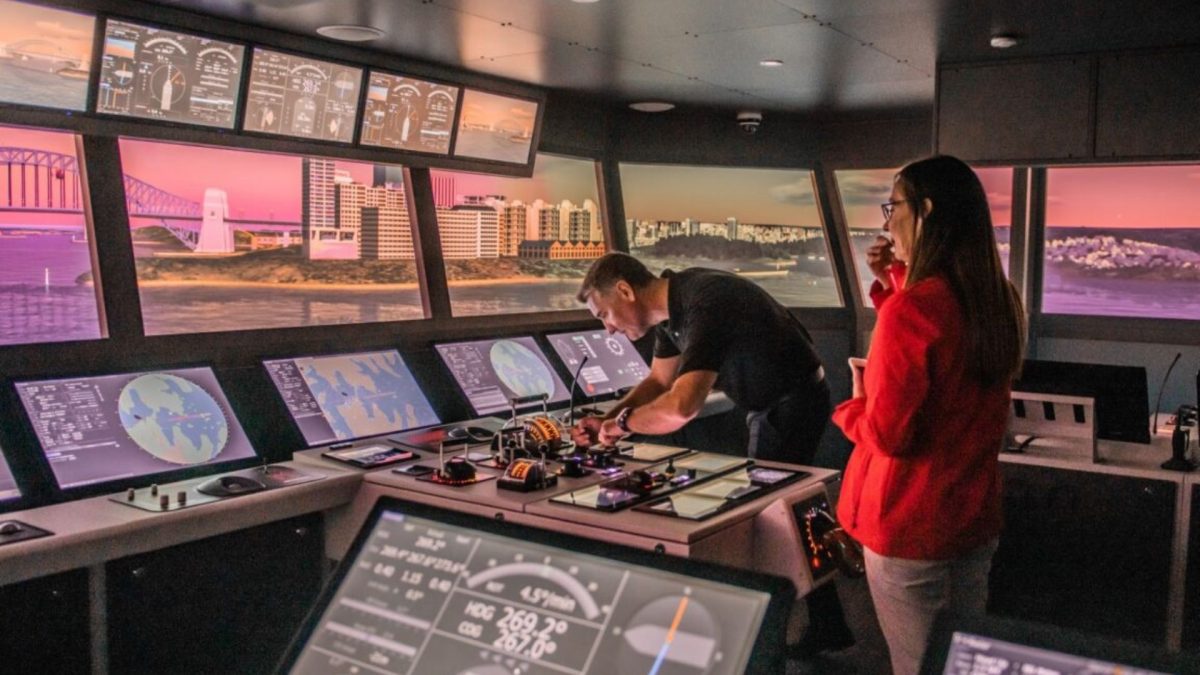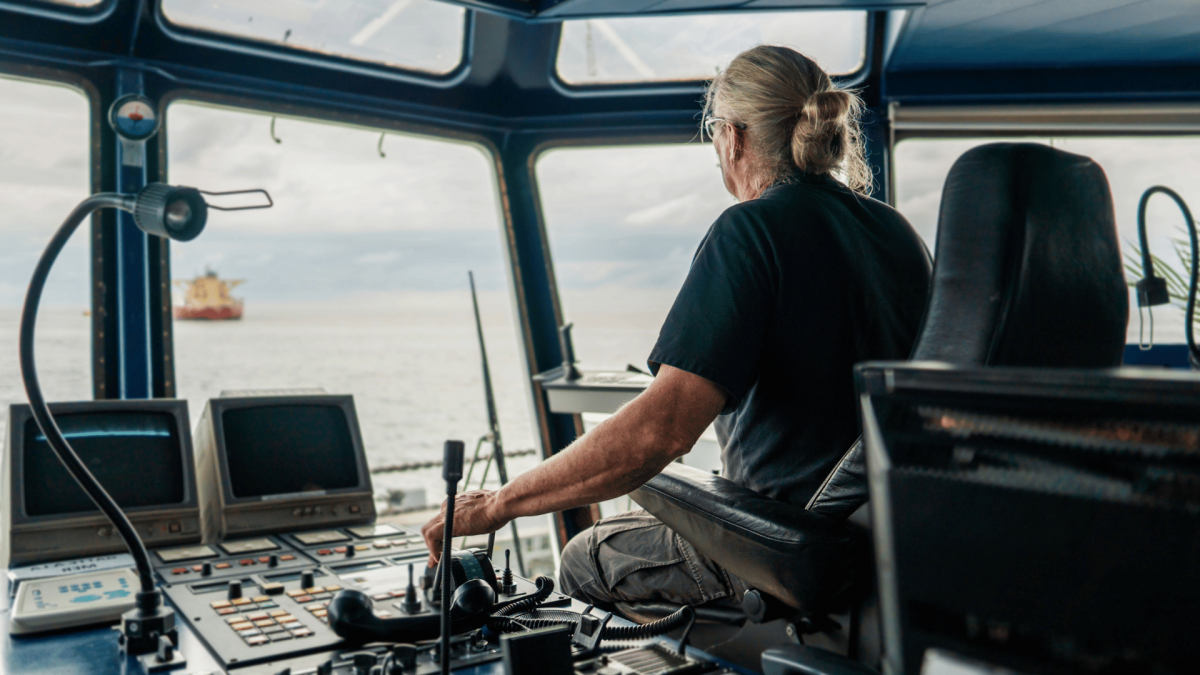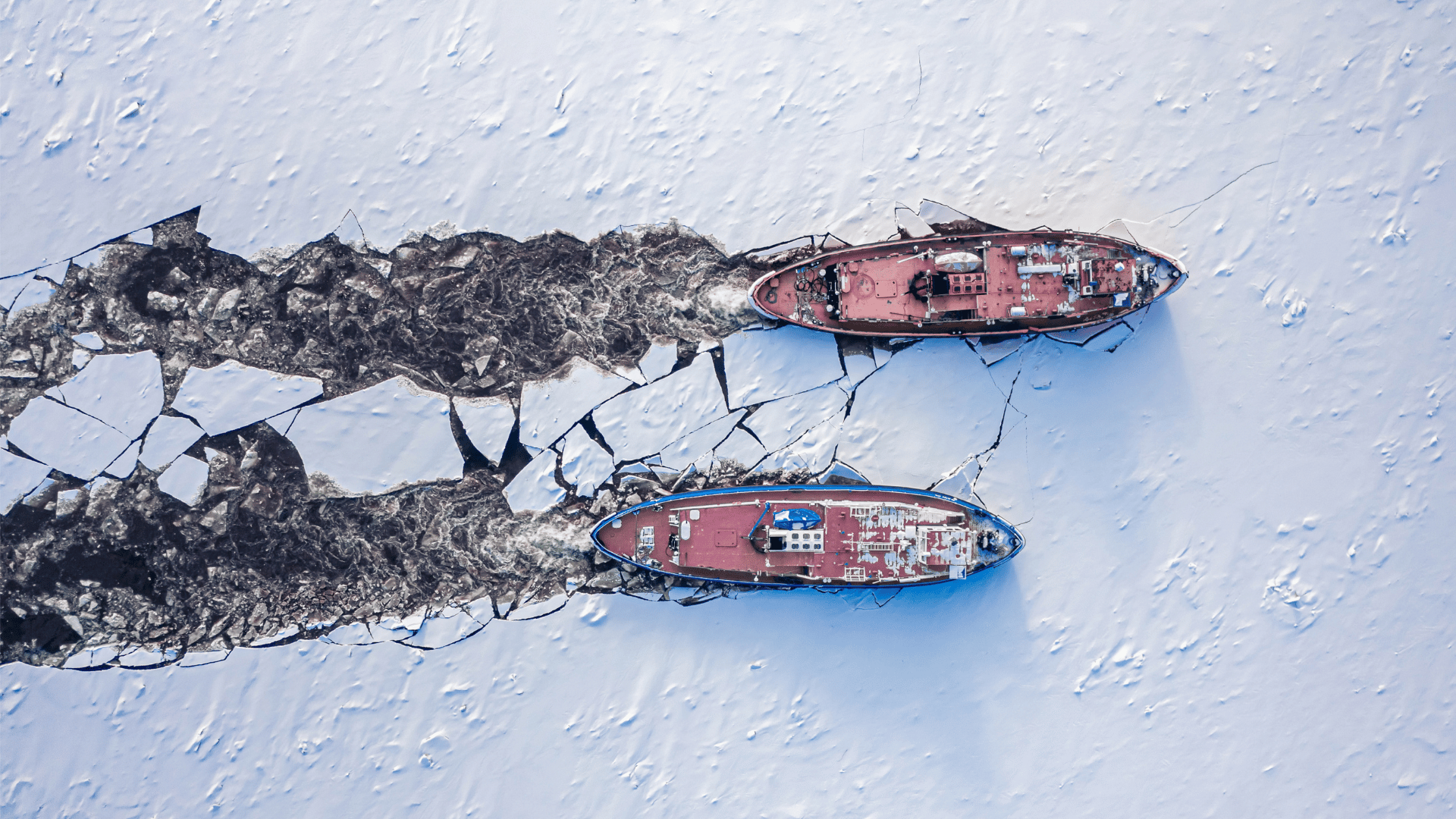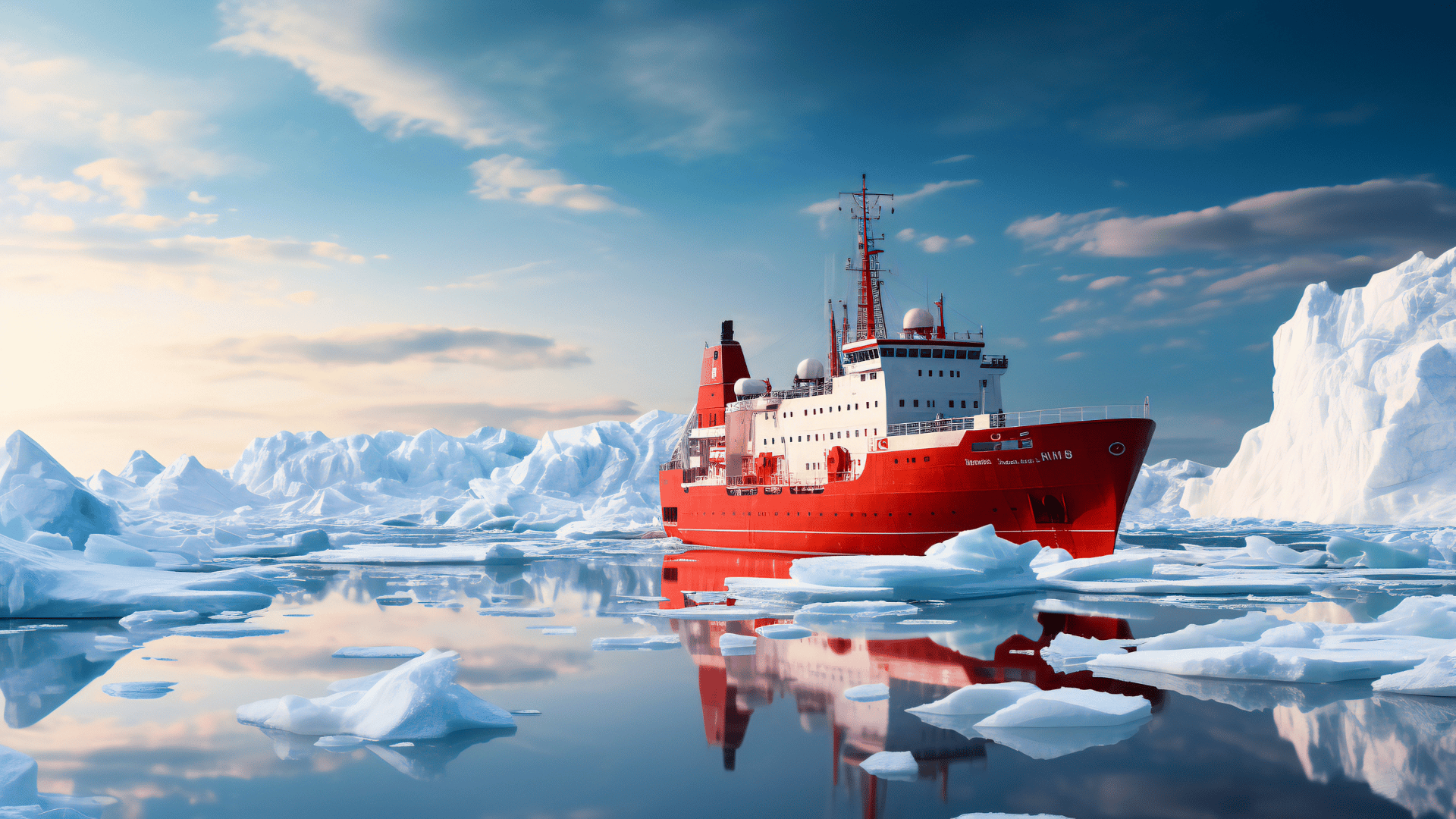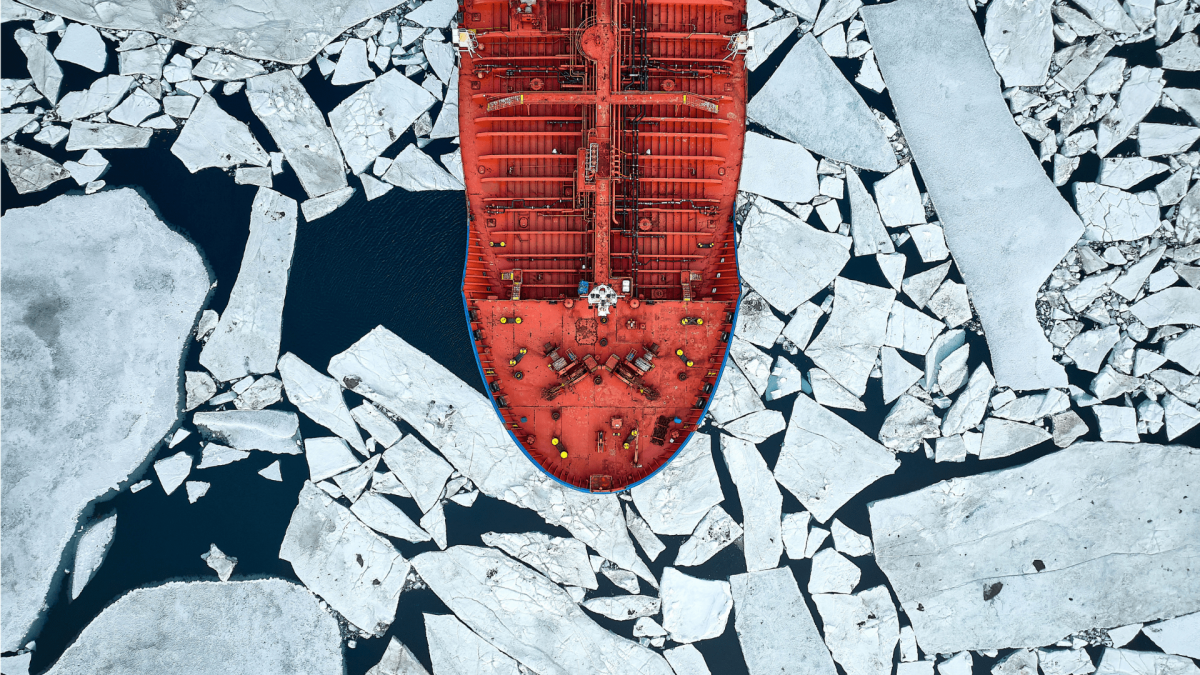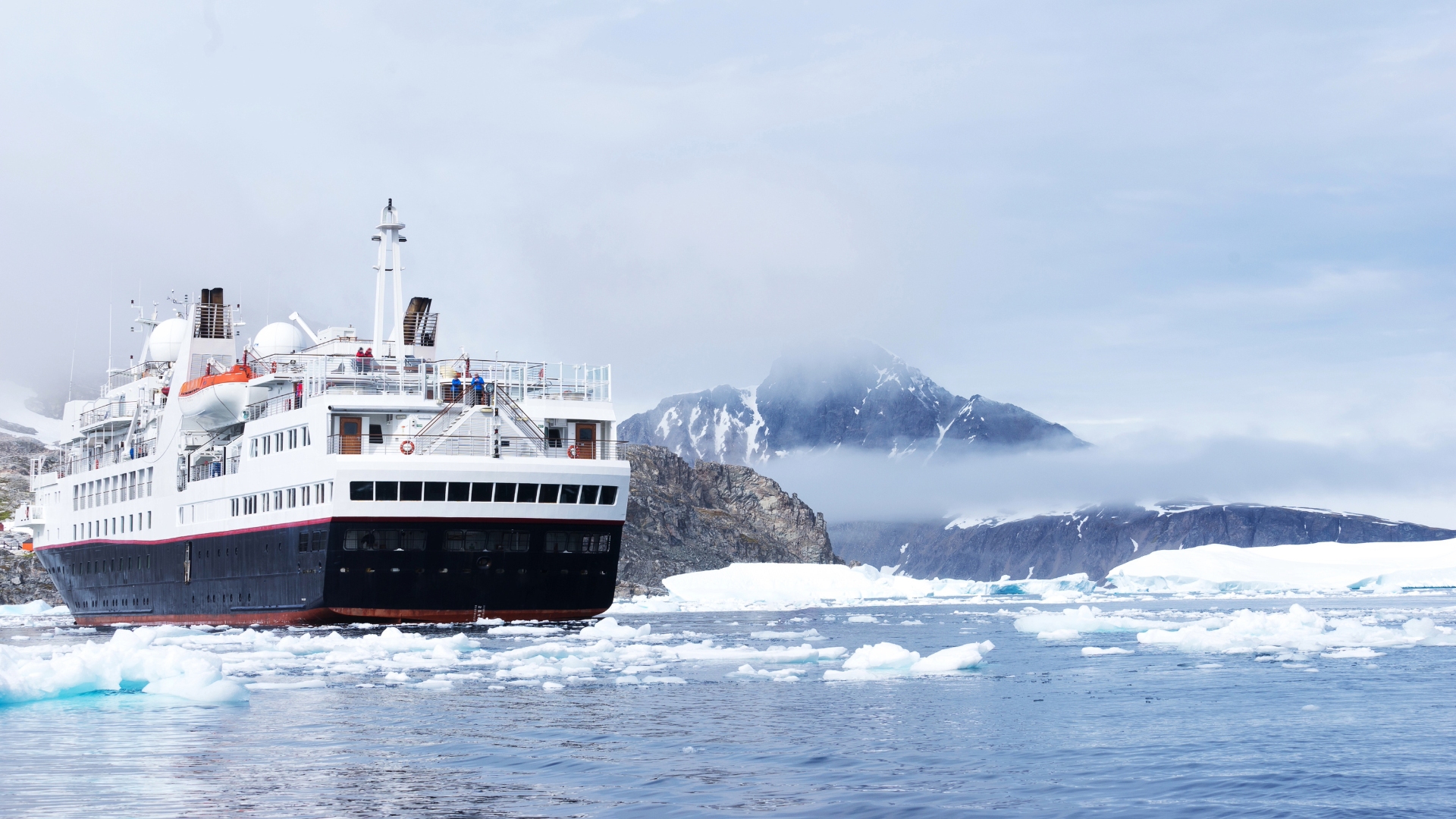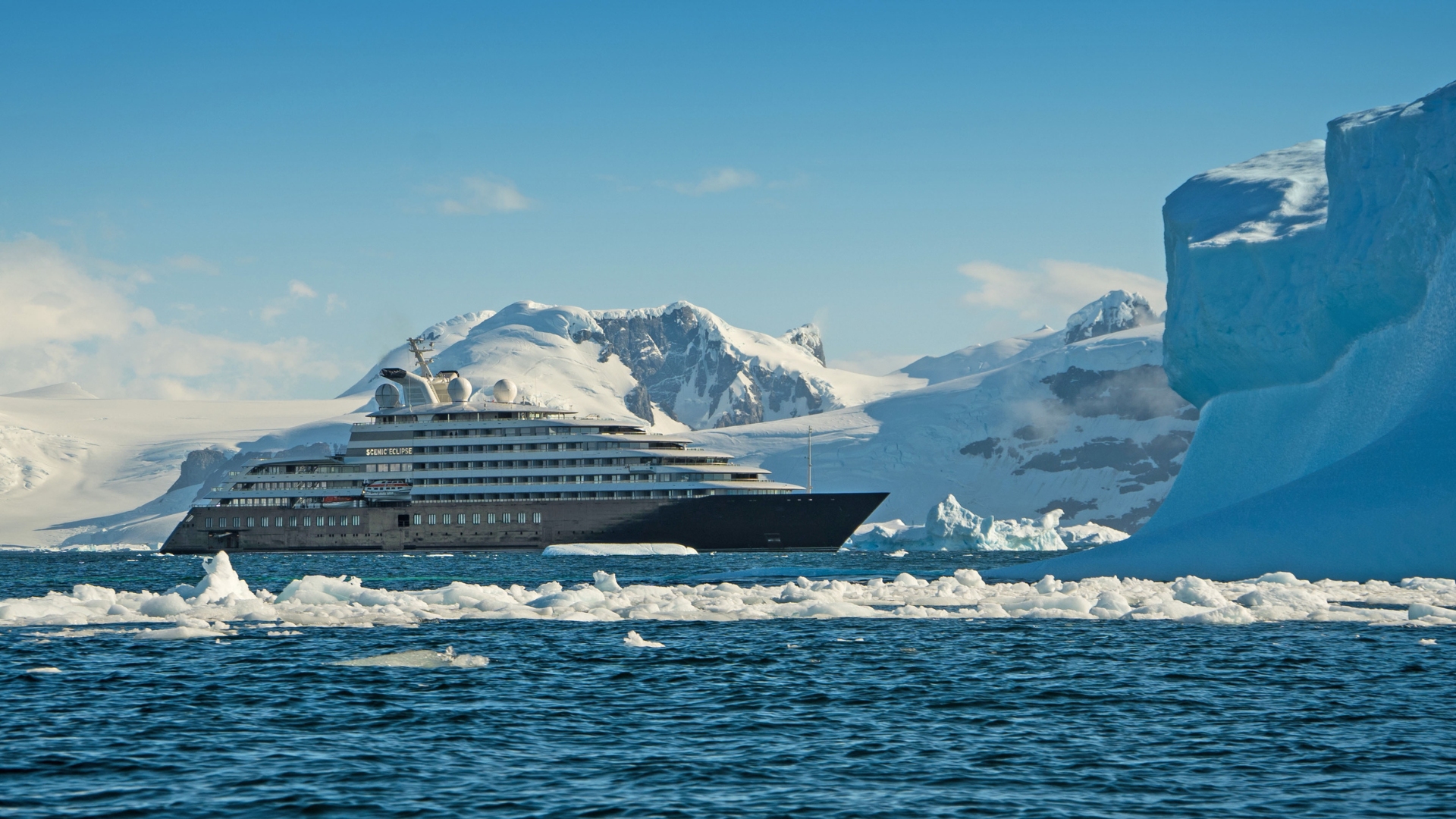Originally announced in 2020, the NAPA Type 4 Loading Computer deadline to upgrade all passenger ships built before 2014 is just one year away.
These ships must be fully compliant ahead of their first renewal survey after 1 January 2025, whereas all passenger-carrying newbuildings built after 2014 have been required to have a NAPA Type 4 Loading Computer installed as standard.
What are the different types of loading computer?
Right now, there are four types of stability software which all have different levels of capability. They include:
- Type 1 – software that only calculates intact stability
- Type 2 – can calculate intact stability and check damage stability based on a limit curve (e.g. for vessels applicable to SOLAS Part B-1 damage stability calculations)
- Type 3 – calculates intact and damage stability by direct application of pre-programmed damage cases by reference to the relevant Conventions and/or Codes for each loading condition.
- Type 4 – calculates damage stability associated with an actual loading condition and/or actual flooding cases, by using the direct application of user or sensor defined damage to enable a safe return to port (SRtP).
The NAPA Type 4 Loading Computer is currently the most advanced of them all and sets the standard when it comes to stability software.
Why do ships need to upgrade to Type 4 Loading Computer?
Due to the increase in bridge officers’ heavy reliance on these systems to improve the efficiency of cargo loading, as well as optimising ship performance (whilst also mitigating vessel risks), it’s important that these systems are regularly reviewed, revised and upgraded where required.
The Type 4 loading computer has been created to improve safety measures during flooding emergencies as well as providing the master with more information to ensure a safe return to port.
There are three significant changes to Type 4 loading computer with the majority being in the damage stability module. These include:
- Automatic damage detection and watertight doors – Loading computer is using a detailed 3D model of the ship with also the internal arrangement modelled. All modern day ships are fitted with flooding level sensors which automatically detect flooded compartments in the loading computer. It is vital to maintain the ships’ watertight subdivision to ensure the safety of operation. If a watertight door is detected in the damaged compartment, then the system automatically prompts the user to add the adjacent compartments to the damage.
- Damage stability criteria – Every modern passenger vessel was designed with compliance to the SOLAS probabilistic damage stability requirements. To assess the severity of the damage case a set of criteria are used based on the survivability factor in SOLAS. These criteria enable the user to gain a clearer understanding of the damage case. The system also calculates the immersion angle of escape routes.
- Approval of damage stability functions – Because the requirements from SOLAS – via IACS – have been implemented in class rules, damage stability functions and calculation results with the loading computer are now subject to class approval. For older ships, this will also mean that stability and strength calculations also require class approval.
Maritime Skills Academy x NAPA Ship Stability
The Maritime Skills Academy is proud to deliver the NAPA accredited course on Ship Stability.
This course offers a comprehensive package of learning on ship stability and is taught by expert instructors. It provides the importance of understanding of basic stability, operations in port, cargo planning, surveys and casualty investigations, ships calculations and specific issues around stability.
To book your crew onto the course, visit the link by clicking here.
